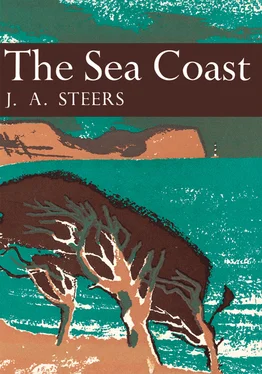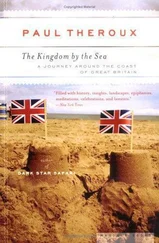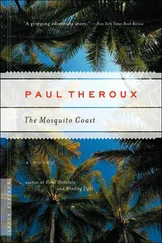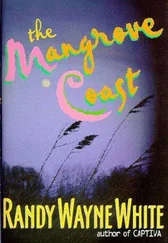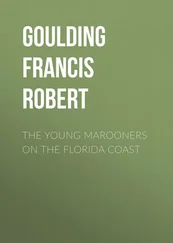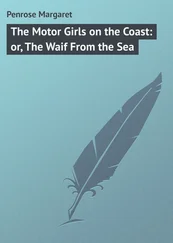The action of waves on beaches needs much more attention, but certain generalisations may be made, although future work may lead to some modification of them. It is often noted after storms or strong onshore winds that beaches have been combed down and their profile flattened. In normal and calm weather, the profile is steepened. Storm waves are more likely to result from gales near to, or not far distant from, the shore, and are not to be confused with a ground-swell, the product of a distant gale. Storm waves are high in proportion to their length and so they may resemble destructive waves. There are, however, still many uncertainties. Big storm waves, although they comb down a beach, also throw up shingle to its highest parts, or even over its crest, and big swell waves may have a destructive effect because friction and percolation will then have less relative effect in weakening the great volumes of swash and backwash, and the effect of gravity may thus make the backwash dominant.
Further complications arise because two or even more sets of waves may approach a beach at the same time, or because smaller waves may be superimposed on larger ones. There is much scope for intelligent observation of the effect of waves on beaches, and anyone staying by the sea can contribute to the solution of the problem if he will note carefully the weather conditions, especially the strength and direction of the wind, the height and general appearance of the waves, the rate at which they break (i.e. so many per minute), and, as far as possible, the effect they are having on the beach. Any simple statement of the matter is impossible. Destructive waves may begin to work on a beach profile built up by constructive waves, or vice versa, or perhaps a swell may run in and break upon a beach formed by storm waves, or possibly some peculiar local conditions may exist. However, the effects of waves on beaches may be watched and can often be measured, so that any carefully made series of observations is of value.
Some of our beaches do not run parallel with the general trend of the coast, but turn at a slight angle from it, so that they align themselves rather more perpendicularly to the main waves which break upon them. 1 Blakeney Point, for example, turns outwards from the coast and runs to the north of west for most of its length; the bends in Hurst Castle spit at the mouth of the Solent may be similarly related to the winds and waves playing on it. In Cardigan Bay, Morfa Dyffryn and Morfa Harlech turn away from the trend of coast, and their seaward sides are orientated approximately at right angles to the dominant winds (Fig. 27). The same phenomenon may be traced in numerous other examples. If the prevalent and dominant winds are from the same, or nearly the same, direction, conditions are fairly simple, but if the prevalent winds and waves come in from a different quarter from that of the dominant ones, complexities arise. The speed and direction of beach-drifting may become variable, and often much extra material is added to the foreshore of the growing spit or beach.
Beaches, then, are constructed features, and the part above water is wholly the result of wave action, although currents may affect the lower part. They may form at the foot of cliffs, and may fringe the coast for many miles. In more indented shores, beaches are common at the head of bays and gulfs, for example, Mount’s Bay, St. Bride’s Bay, the Duddon Estuary, Holborn Bay and Sinclair’s Bay in Caithness, and in the numerous smaller inlets and coves on the coasts of Pembrokeshire, Cornwall, and Devon. In the north of Scotland there are some excellent examples, including Sandwood Bay, Torrisdale Bay, and Farr Bay. But around the exposed coast between many of these re-entrants there is often no beach at all. The material worn from the cliffs, or sometimes that which has travelled from a greater distance, is swept up the inlet and gathers as a beach. Since the upper parts of narrow gulfs are generally sheltered, the beach need not necessarily rest on a platform of erosion, but may merely gather in the shallow head waters. Sometimes it is partly built of fluviatile deposits if a brook flows into the inlet.
Beaches in a gulf or loch may form not at the head, but at some intermediate point and run out athwart its course. There are some excellent examples in south-west Ireland; one of the best examples in Great Britain occurs at the mouth of Inverness Firth (Fig. 33), where Ardersier Point and Chanonry Point have grown outwards and almost towards one another from opposite banks. In Cemlyn Bay, in Anglesey, there is a good example of a bay bar which has impounded a tidal lagoon. There are some excellent examples in Shetland.
Much of the sand and other material that forms a beach is obtained from the sea floor. Waves break in water the depth of which is approximately half the wave length. In stormy weather when big waves are running, the sea floor may be churned up well offshore, and if it consists of suitable material can afford a great supply of detritus. It is difficult, for example, to account for the apparent renewal of the beaches in places like Scolt Head Island unless the new matter is assumed to come from the sea floor which was at one time covered, at least in part, with boulder clay. That beaches can be formed wholly from offshore material in this way is clearly proved in parts of Scotland. Near Claigan on Loch Dunvegan (Skye) there are two unusual beaches formed of the glistening white remains of lime-secreting organisms which live on the adjacent sea bed. Since the fragments have some resemblance to broken coral, the beaches are often called coral beaches. Whilst this is not correct, the name serves to distinguish these beaches from those formed of sand and gravel. The corallines, when they break up, produce great quantities of a coarse calcareous sand, which is spread over the sea bed and eventually washed up to make the beaches. 1
When the sea bed deepens gradually, it often happens that except in calm weather waves break some way beyond low-water mark of ordinary tides. These waves erode the sea floor where they break, and may throw some of the eroded material up on to the uneroded part in front. If this process is continued, a ridge or bar of sand, shell, and perhaps shingle may be built. It is called an offshore bar. In the early stages of its evolution it is likely to change form rapidly, or to be washed away only to be built again later on. Once, however, it attains a reasonable degree of stability it will, in course of time, be pushed up above the zone of normal wave-break. At low water much of its seaward side may be exposed, and under favourable conditions the wind may carry sand to the bar. Sooner or later seeds reach it, take root and produce tufts of grass. Once this has happened further growth of the bar is much more likely. Perhaps the original bar may become a continuous dune ridge. It is likely that Scolt Head Island and several other similar features originated in this way (see Fig. 22).
Once a beach has formed either alongside a cliff or as an offshore bar, or in any other locality where there is room for it to develop, it will probably extend one way or the other as a result of beach-drifting. This process is important, not only physiographically, but economically since it largely accounts for the sanding or silting up of many harbours. The general effects are seen in many places, but in few are they better exemplified than in Sussex and Suffolk, The Arun, Adur, Ouse, and Cuckmere, are all deflected eastward by shingle ridges. In Suffolk, Orford Ness, and the smaller spits at the mouths of the Deben and Orwell are of the same nature. Spits grow rather like an embankment or tip heap. Beach-drifting gradually sweeps material along them and, at their ends, adds to the dump. Since the process is fairly continuous, it follows that the accumulated deposits may be conspicuous. On the other hand a spit growing out in this way across a river mouth, or across a bay or other re-entrant in the coast is easily attacked by the waves, especially those that approach it from a direction contrary to that of its growth. For this reason the free end of the growing spit is often turned or bent inwards, and in rather more severe weather large parts of it may be completely cut off.
Читать дальше
